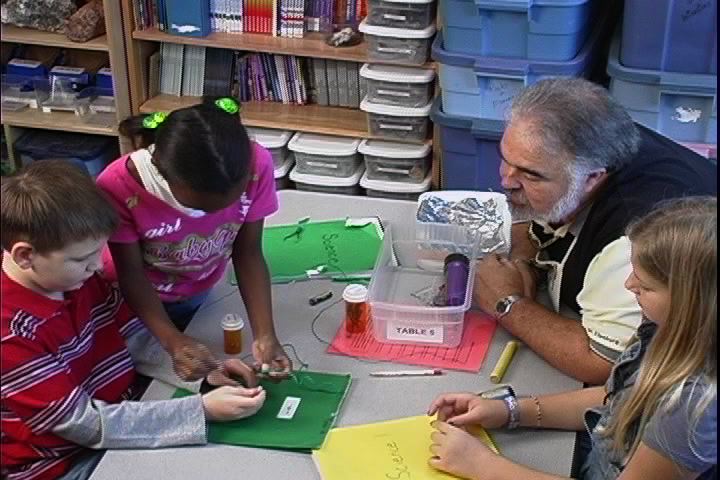

Last year our garden club wrote a grant and created rain barrels to irrigate our garden. Each of the barrels was placed under and air conditioner attached to the row of portable classrooms across from our garden. Well life in an elementary school always requires flexibility! This week the last of those portable classrooms was moved off of our campus. My science lab is one of two remaining.
So we adapted and our new garden club has begun to place barrels in the center of each of our raised beds. We will still catch rain water, but through measurements begun at the start of the year, the students have come to realize exactly how much rain it takes to fill a 55 gallon rain barrel with direct precipitation and no additional run off. I believe Noah was brought up in the conversation!
However, we can fill these barrels, attach small soaker hoses and water each bed more efficiently. Less water will be required than using sprinklers, a deeper soaking will result in greater growth, and we have learned a great deal more about gardening and problem solving. I encourage everyone to make a rain barrel (for home or school) and enjoy the benefits of rain collection. And for my northern friends, please share with us how they work with snow!
























